| The first edition of this book appeared shortly after the space shuttle Columbia flew its inaugural mission (called STS-1) in April 1981. The book's overall purpose was to open the language of space, especially that of the space shuttle era, to all who wished to join humanity's march to the stars. Much has transpired since the first edition was published. |
| The far-traveling Voyager 2 spacecraft successfully encountered distant Uranus (1986) and Neptune (1989). It then departed the solar system to join its spacecraft-twin (Voyager 1) on separate trajectories through interstellar space, each carrying a recorded message from the planet Earth. The Hubble Space Telescope was launched by space shuttle (1990), experienced operational problems, and then was repaired by other space shuttle missions (1993 and 1997). "Rescued" on orbit, Hubble now provides an incredibly beautiful view of the universe and some of its most interesting wonders. |
| The cold war between the former Soviet Union and the United States ended. Cooperation in space has replaced decades of confrontation and politically stimulated competition. In fact, as the revised manuscript was being completed, American astronauts and their Russian cosmonaut companions orbited Earth onboard the Mir space station during a series of joint missions. These Shuttle-Mir cooperative activities were promoted as the initial part of the International Space Station programthe most extensive international technology effort ever undertaken. |
| A robot mini-rover (called Sojourner) landed on Mars in July 1997 and was guided successfully over interplanetary distances by enthusiastic human controllers at the Jet Propulsion Laboratory of the National Aeronautics and Space Administration (NASA). The machine explorer cautiously traversed the Martian surface at Ares Vallisan ancient riverbed that contains many interesting geologic features and rock specimens. Launched from Cape Canaveral, Florida in December 1996, this NASA mission, called the Mars Pathfinder, is just the first of an exciting series of missions to the Red Planet that will highlight the first decade of the 21st century and our entry into the next millennium. |
| However, this period also has had its moments of great pain and sorrow. Like many others, I braved the uncommon cold that morning in January 1986 to watch the Challenger lift off on what was to be its final mission. From the beach, I personally witnessed the telltale, erratic plumes as they spread across the blue Florida skyand I knew immediately that something was wrong, terribly wrong. The Challenger had exploded and its brave crew of seven perished on the pathway to the stars. |
| But somehow good emerges, even out of the most profound tragedy. For example, the night following the Challenger accident, I had to lecture my space technology class, which contained about 50 graduate students from the Kennedy Space Center and Cape Canaveral Air Force Station. Although I thoroughly enjoyed teaching the class and its exceptionally qualified complement of students, this was going to be an extremely difficult nightespecially since many of my students were directly involved in the Challenger's launch. I tossed away the planned lecture and gave a very special address on the emergence of humanity's extraterrestrial civilization, emphasizing the fact that despite this tragedy, we could not turn our back on the stars. As the lecture ended and the students departed the teaching auditorium, I noticed that three of my former students were sitting in the back of the large room. Somewhat puzzled, I approached them and inquired in a friendly, slightly humorous tone: "Didn't we graduate you fellows last year?" Without hesitating, they spontaneously and unanimously responded, "Yes, but we needed to be inspired again!" |
|


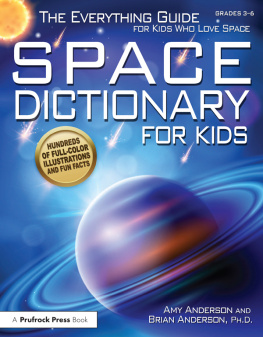
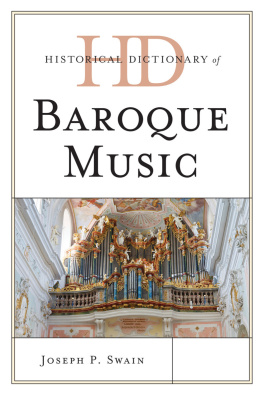
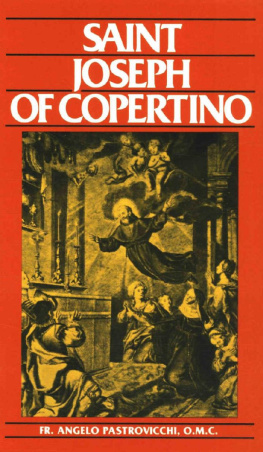
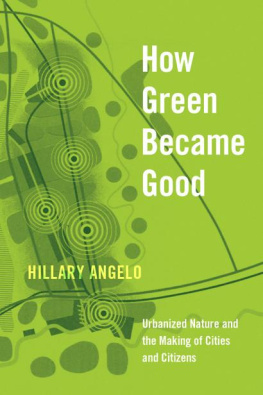

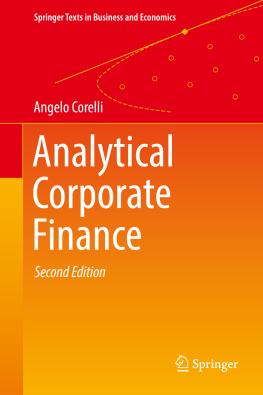
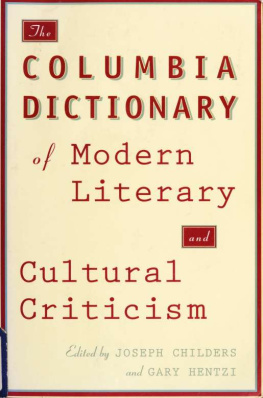
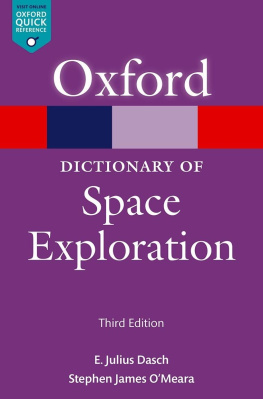
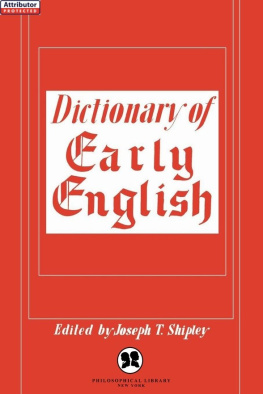
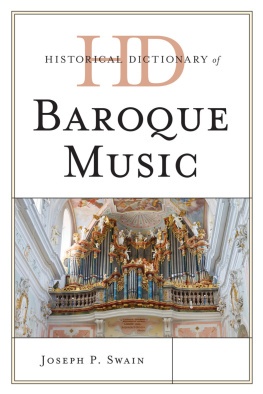
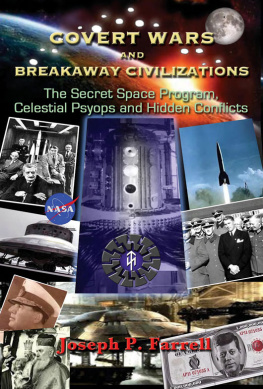
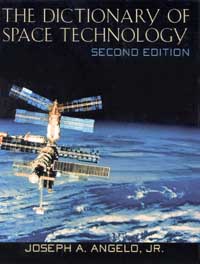
 1998
1998